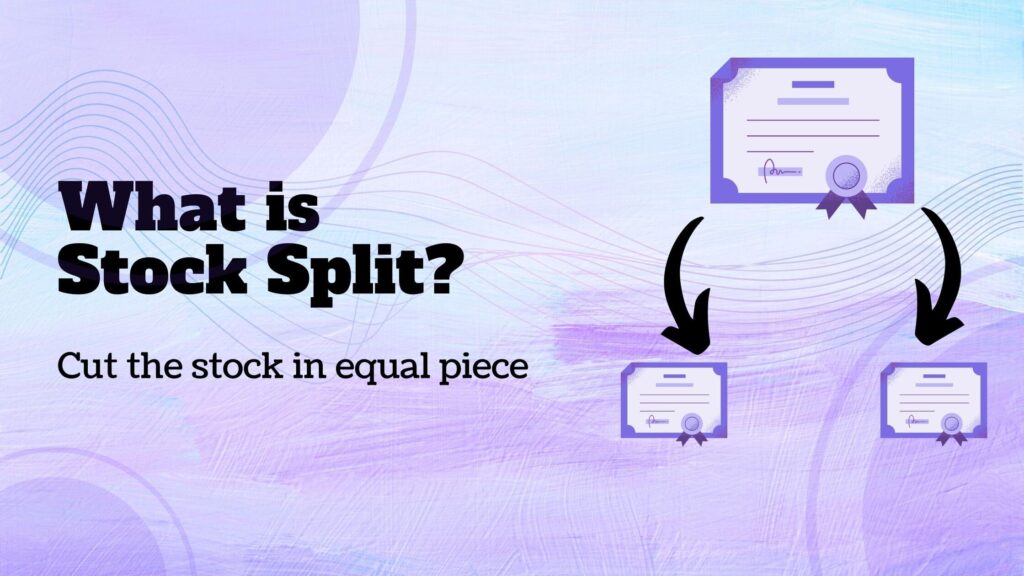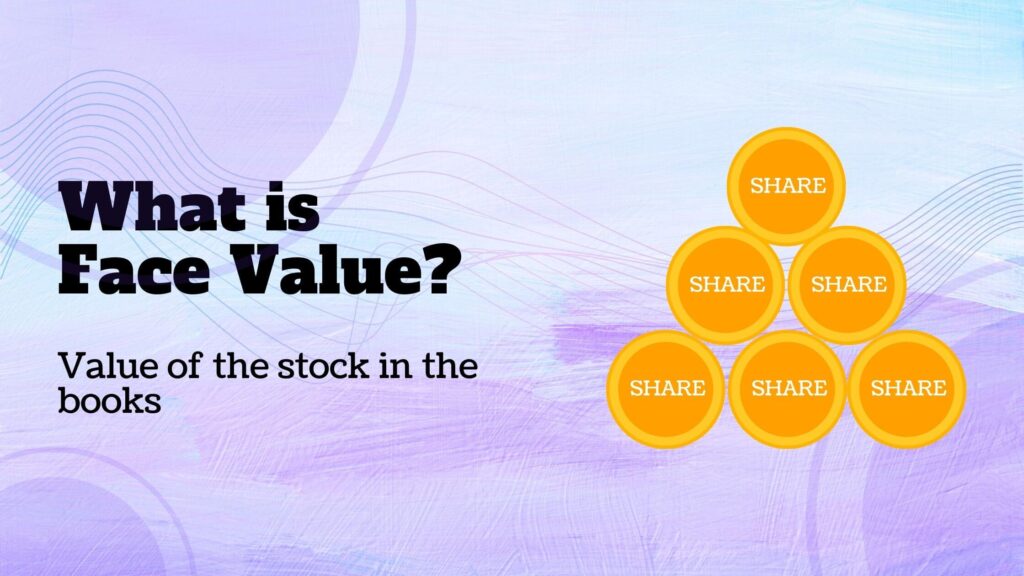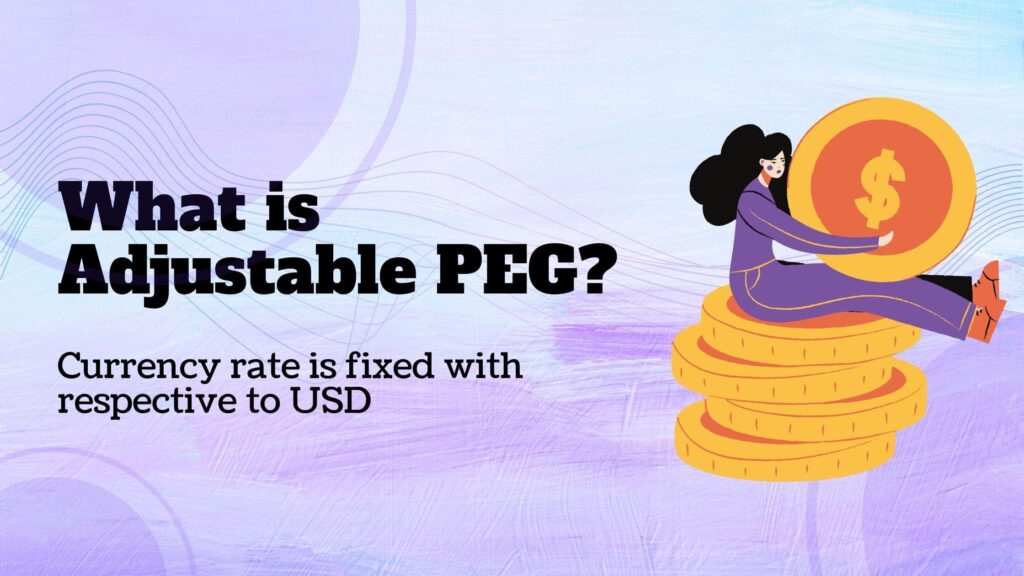

If JLR (Jaguar Land Rover) shows some profit in the Profit and Loss account then It will be an accretive growth for Tata Motors. It won’t show an immediate increase in the slope of Tata Motors but will show over a long period of time.
The progressive and incremental growth of assets and profits as a result of industrial development, internal firm growth, mergers, or acquisitions is known as accretion.
Accretive growth has many meanings but in finance, it is usually co-related with two terms which are as follows:
Bonds – Accretive is the profit you make when you purchase a bond at a lower price.
The value you produce when you combine with or buy another company is known in corporate finance as accretion. As a result, the value of your stockholders’ shares rises, boosting your earnings per share (EPS).
Have you ever noticed Financial Statements particularly Standalone and Consolidated?
If you ever wondered what these terms mean, then in the para you would be cleared through this confusion.
Standalone is for the company’s core and consolidated is for the company’s subsidiaries. Let’s say Tata Motors has showrooms in Delhi, Mumbai, and Uttar Pradesh then all the profits from all these showrooms will be calculated under standalone but profit from JLR-Delhi, JLR-Mumbai will be calculated under the consolidated particulars which are result in accretive growth of Tata Motors.
In terms of corporate finance, accretion refers to the value gained via organic growth or after a deal has been completed. This may be due to the purchase of newer assets at a discount or at a cost that is significantly below their CMV (current market value). It can entail buying assets whose value is anticipated to rise as a result of the transaction.
In the securities market, acquiring bonds at a price less than their face value is known as “buying at a discount,” while doing so at a price higher than their face value is known as “buying at a premium.”
In the realm of finance, accretion equalizes the cost basis between the purchase price (discount) and the anticipated redemption amount at maturity. For instance, if a bond is purchased for an amount that is 80% of its face value, the accretion in this instance is 20%.
To check accretive growth, check consolidated statements too.
— RuPay Rajat (@rupayrajat) June 25, 2022

As an investor, you should know about the accretive growth of the company so that you can decide about the investment opportunity.
We hope We gave you some insights about accretive and delivered it in the best possible way.
Let us know what you think about accretive. leave a comment, and We will respond to it.
DO SHARE THIS ARTICLE with your friends or family. You can tweet out your thoughts by tagging us @rupayrajat on Twitter.
To your Investing Journey
Cheers

Rupay Rajat is a financial and investing blog. I write about financial instruments and the stock market in the most easiest language.
Latest Post

Let’s Unveiling the Power of Compounding in the Stock Market

Mutual fund vs Fixed deposit – Where should you Invest?

How to invest in Mutual Funds? Easy Ways to Invest

What is Mutual Fund? Simple Types of Mutual Fund

29 Best Stock Market Websites (Useful Websites and Apps)

What is the difference between share market and stock market?

How the Stock Market Works in an Unusual Way

What is the Buyback of shares? What happens after Buyback?

What is Bonus Share? How Can I get One?

What is Stock Split? What will happen to shares after that?

What is the Book Value of a share? Valuation Metric of Share

What is the Face Value of the Share? Importance, Example

What are the voting rights of a shareholder? Importance

What is an Adjustable peg? Effect of Forex Market

What is Adhoc Margin? Who Collects from Whom?